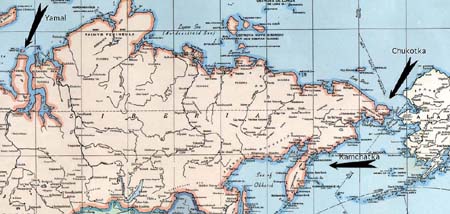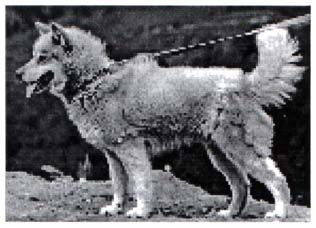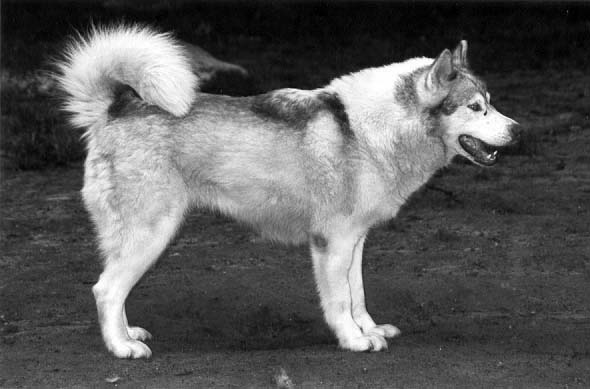Table of Contents
Featured Inuit Dog Owners:
Scott & Terry Miller
Nunavut Dogsledding Association
Update: No Resolution in Iqaluit
Season's Greetings from Toadhall
The Homecoming, Part II
The Russian Connection, Part II
Meeting Ken Pawson and Kevin Walton
Arctic Sojourn
The Ted Fox ISDI Foundation Fund
Book Review:
Two Years in Antarctica
Janice Howls:
No Click and Treat for ISDs!
IMHO:
All Breed Kennel Club Registry
Navigating This
Site
Index of articles by subject
Index
of back issues by volume number
Search The
Fan Hitch
Articles
to download and print
Ordering
Ken MacRury's Thesis
Our
comprehensive list of resources
Talk
to The Fan
Hitch
The Fan Hitch
home page
ISDI
home page
Editor: Sue Hamilton
Webmaster: Mark Hamilton
Contents of The Fan Hitch Website and its publications are protected by international copyright laws. No photo, drawing or text may be reproduced in any form without written consent. Webmasters please note: written consent is necessary before linking this site to yours! Please forward requests to Sue Hamilton, 55 Town Line Rd., Harwinton, Connecticut 06791, USA or mail@thefanhitch.org

The Russian Connection Part II
by Geneviève Montcombroux
Russian Restoration Centre for Northern Dogs, located in Moscow, is presently raising funds for an expedition to the Kamchatka Peninsula and the Chukotka region, where its members hope to find pure aboriginal dogs. Preliminary studies show that the Russian Inuit still maintain sled dogs. In areas where reindeer are being raised, herding dogs are being used.
Between the Chukotka and the Yamal, on Russia's arctic coast, lies a vast, mostly unknown region which the expedition hopes to explore. The team leader, Marina Logoveg, a professional cynologist (one who studies the totality of dogs), intends to make contact with the Russian aboriginal people living there. The expedition organizers mention that some hundred years ago there were very 'good dogs in those parts.' Since there have been no real expeditions to this area, logic dictates that there should still be pure aboriginal dogs in existence. Upon finding phenotypically pure dogs, the Russian Restoration Centre for Northern Dogs will then set up kennels to breed the best specimens. They will also take DNA samples from the dogs. Presently, it is believed that the dogs on Kamkatcha have longer legs and slimmer bodies than the Canadian Inuit Dog, but the dogs on Chukotka are phenotypically very similar to the Canadian Inuit Dog. In Paul Schurke's book, Bering Bridge (Pfeifer-Hamilton, Publisher, Dulluth, MN; ISBN 0-938586-31-9), an account of a joint Russo-American expedition (1989) linking the two countries by dog sled, two pictures show dogs very similar to CIDs.
Let's hope that the Russian Restoration Centre for Northern Dogs surmounts its financial difficulties and succeeds in this worthwhile project. The Canadian Inuit Dog originated in this very region between Chukotka and Yamal, and the possibility of expanding the gene pool of the breed in both countries is very exciting.
It is easy to detect similar characteristics in Russian and Canadian Inuit dogs.

A male Russian Inuit Dog from Chukotka.

A female Canadian Inuit Dog
To be continued...